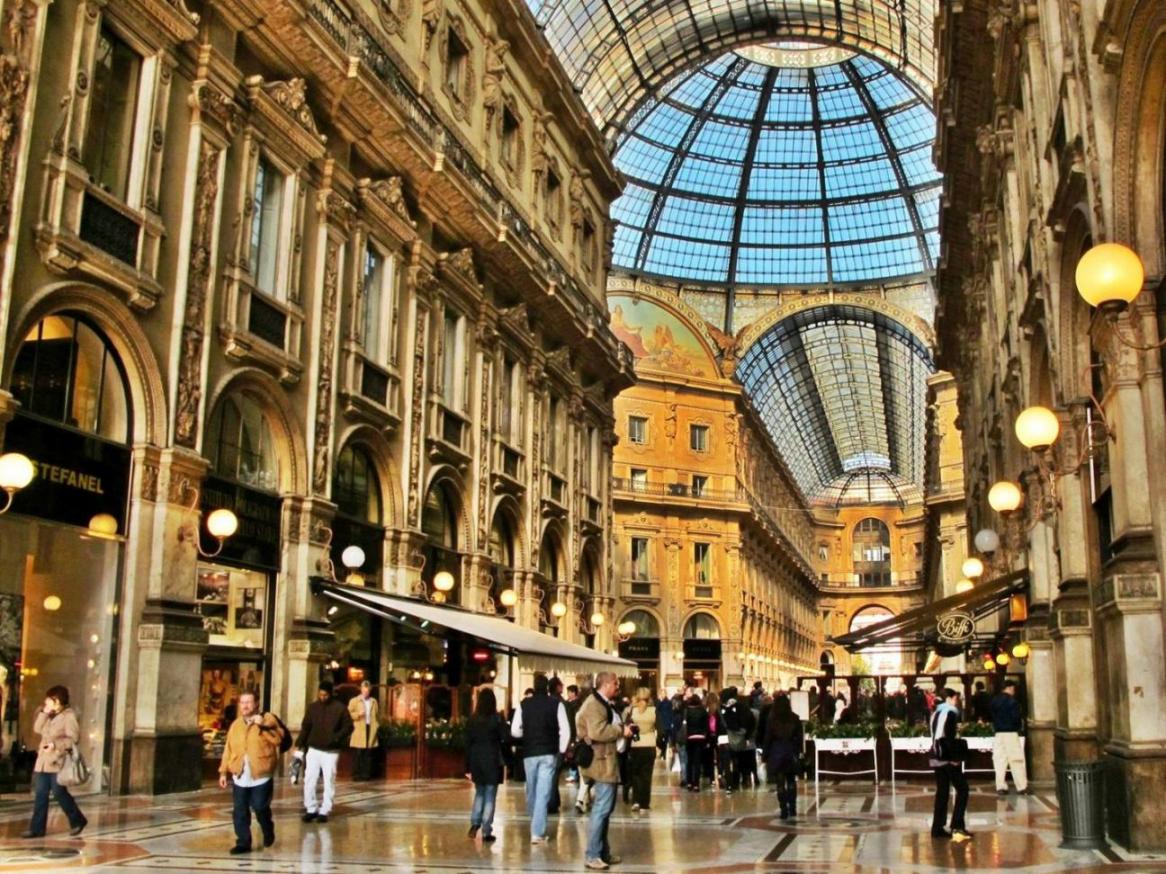Italy’s asset management industry hit record AUM (asset under management) of €1.632t ($1.71t) in January 2015. Still, the country’s economy struggles to take off again.
Italy’s GDP went negative in November 2014, when it decreased by 0.1%. This marked the 13th month in a row of negative performance, Investment Europe reported Saturday.
At the end of the year, the economy did not look much healthier and fourth quarter GDP not only remained unchanged compared to the third quarter, but it dropped by 0.5% year-on-year. At the same time, the Italian asset management industry was booming.
At the end of 2014, total AUM for the industry came to €1.585t thanks to total net sales of €134b throughout the year – €32b of which came in the last quarter – for an average of more than €10b total net inflows per month.
Talking to local players, the main reasons that get pointed at as an explanation for such a gap between the real economy and inflows into asset management products, include the downturn of traditional asset classes for Italian investors, such as government bonds (BTP), and property.
Giordano Lombardo, president of industry association Assogestioni, says that Italian investors were forced to look elsewhere for returns as yields are currently extremely low.
“Very low yields and the end of the real estate market cycle have eroded two strongholds of Italian families’ savings like property and BTP. On top of that, Italian banks have started to recommend mutual funds to their clients,” Lombardo says.
Increasing Success
Rather than coming from a real growth in investors’ wealth, the increasing success of asset management products in Italy came from other characteristics.
First of all, they hedge market volatility quite well, which comes in handy in times of recovery; second, they are simple and fairly democratic products; and finally distribution networks have become broader than before.
“Investors do not need high capital or financial education levels to invest in mutual funds. Moreover, the distribution channel does no longer stop at the banks or at financial adviser networks, but it is also expanded by the Internet,” Lombardo adds.
There are also those who look at the broader picture and call into question Italian government policies to justify the lack of real growth in the country despite the high levels of AUM in the asset management industry.
Matteo Astolfi, Italy country head for M&G Investments, says money remains parked in mutual funds and is not channeled into the real economy as investors wait to see more concrete reforms from current Prime Minister Matteo Renzi’s government.
“Foreign investors are waiting to see how the implementation of labor and justice reforms will bring about more flexibility in the country. Moreover, Assogestioni’s data show us that inflows, although increasingly higher, have come from the usual suspects more than from new investors,” Astolfi explains.?
Unsustainable
Philip Kalus, managing partner at accelerando associates, takes a bigger leap and argues that the Italian trends won’t be sustainable in the long run. “I expect a significant slowdown in Italian flows going forward. The country’s AM industry has experienced an impressive run from record to record and I doubt the sustainability of this trend. My recommendation to clients is: if you’re not there already, don’t go there now,” Kalus says.
Moreover, Kalus believes that the Italian markets are predominantly a commission based wealth management market which makes it particularly expensive from an operational point of view.


